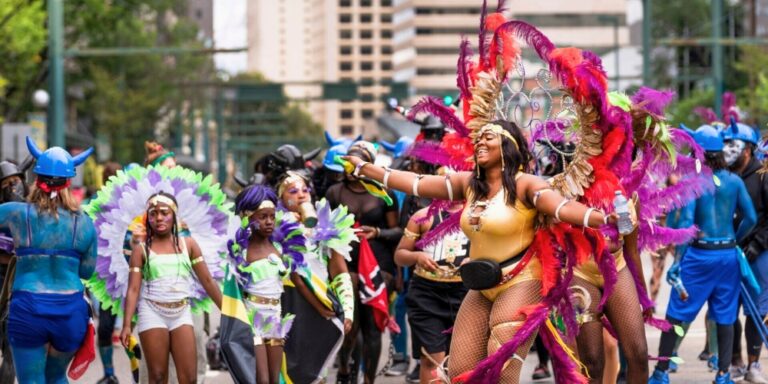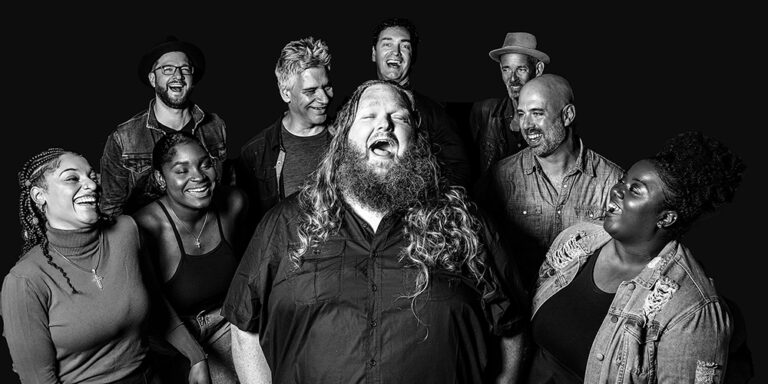The world is stumbling from crisis to crisis. And Alberta is no different.
In the past, local governments mostly had to make sure potholes were fixed and the garbage was picked up. Now, they are being forced to deal with life and death issues: homeless people, toxic drugs and climate change.
After the worst wildfire season on record last year, and with evacuations that happened in 48 communities across the province affecting 38,000 people, the Town of Banff is stepping up to help residents feel safer about the threat of wildfires in their area.
To ease the community’s wildfire worries, the town will hold a community meeting sometime early this year to discuss wildfire preparedness.
The idea for the meeting came from a community social assessment report in 2023 that looked at how people in the community feel about different things.
The report found Banff residents are more worried about wildfires than ever before.
Town residents are especially concerned about being able to get out of their homes safely if there’s a fire, particularly in the Middle Springs part of town.
Middle Springs is of particular concern because there is a dense forest in the middle of the neighbourhood.
FireSmart Program
The Town of Banff is working with Alpine Precision, a tree services contractor, from January to April to reduce wildfire risk in the Middle Springs area.
Parks Canada fire crews are also working behind the Banff Park offices until February 15 to ensure the area is safer.
Reducing wildfire risk involves cutting and thinning trees, removing or burning logs, dead-standing trees, and brushes.
These activities are part of the FireSmart Program, which is designed to reduce the risk of wildfires and educate residents on wildfires.
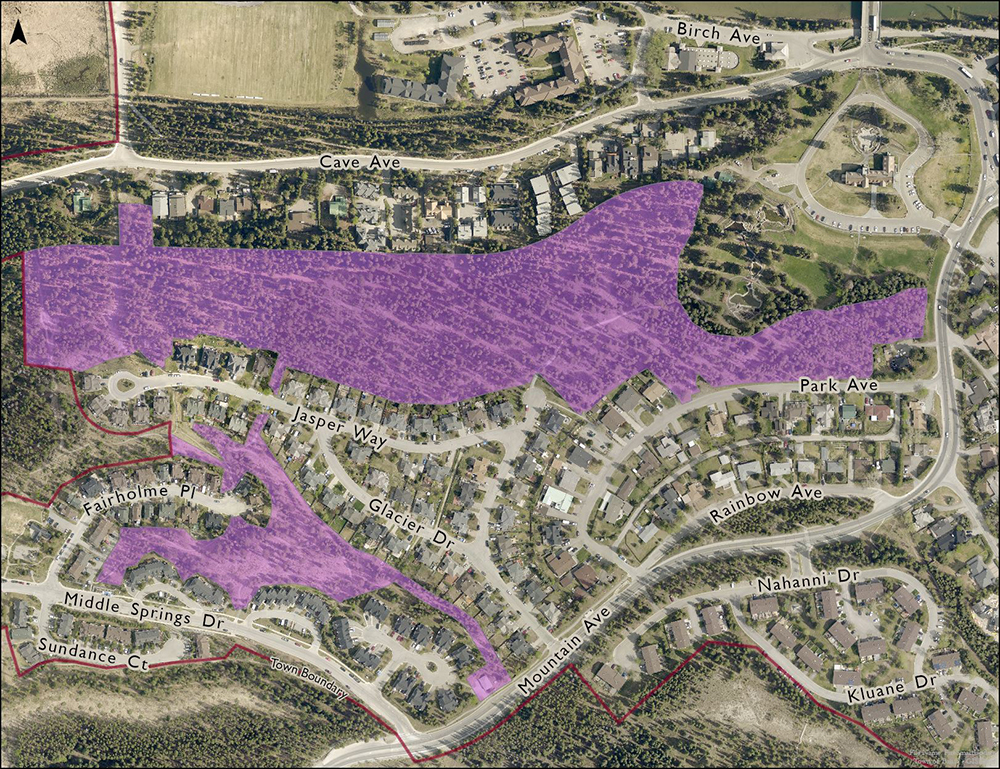

Preparedness Meeting Moved Ahead
Initially, the plan was to have the wildfire preparedness meeting in 2025.
But, because of growing public concern, one of the Town Council members, Barb Pelham, thought it was essential to have it sooner.
Pelham convinced most of the other Council members to spend $8,300 to have the meeting this year instead.
“I think it’s important to respond to what the community is worried about, especially when it comes to wildfires. It’s clear that a lot of people are concerned about this,” said Pelham.
Back in 2021, Banff had a similar meeting about wildfires.
At that time, the Council provided the latest information on wildfire risks, what Banff is doing to prepare for fires, and what people in the community should know and do if there’s a fire.
Things are getting more serious now.
Alberta has had a severe shortage of rain and snow for going on three years, and people are worried that the next year might be even hotter than the last one, which was the hottest ever recorded worldwide.
This means that places like Banff in Alberta might have to deal with more smoke and fires starting this spring.
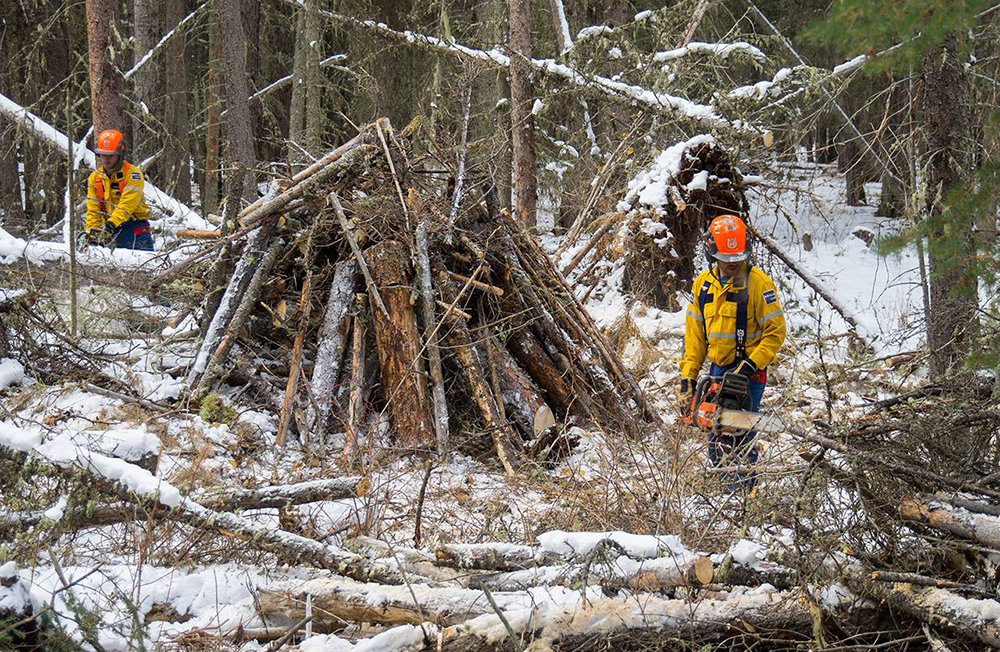

2023: When Canada Burned!
Last year, there were thousands of wildfires in Canada.


The country was a tinderbox thanks to record-high temperatures and widespread drought conditions.
Over 6,100 fires burned more than 17 million hectares of land.
That’s more than double the amount of land burned ever before.
Usually, about 2.5 million hectares are burned every year in Canada.
In Alberta alone, over 2.2 billion hectares were burned in 2023!
The fires in 2023 were all over Canada, from the West Coast to the Atlantic Ocean and even up North.
By mid-July, there were almost 30 megafires, each burning over 100,000 hectares.
Megafires are wildfires that burn more than 40,500 hectares of land.
One of the most famous megafires was the 2016 Fort McMurray wildfire, which burned almost 580,000 hectares of land and forced 90,000 people from their homes.
Fires in the Rockies
In Banff, Yoho, and Kootenay National Parks, there were 25 wildfires last year. They burned more than 346 hectares of land.
Most of the burned area was because of the Mitchell Ridge wildfire in Kootenay Park, which was caused by a lightning strike and burned more than 300 hectares of land.
In Banff Park, one fire was caused by lightning at Castle Mountain, and three illegal campfires were found between August and September.
But it is only a matter of time before a megafire rages through the Rockies and threatens our beloved Canmore, Banff, Jasper, and Lake Louise.
The Province’s Response?
With a scorching summer on the horizon and the continuing drought fueling the risk, communities across the province, not just Banff, must prepare for the upcoming wildfire season.
So what are our elected governments doing to prepare?
Municipalities like Banff are taking action, but what is the provincial government doing?
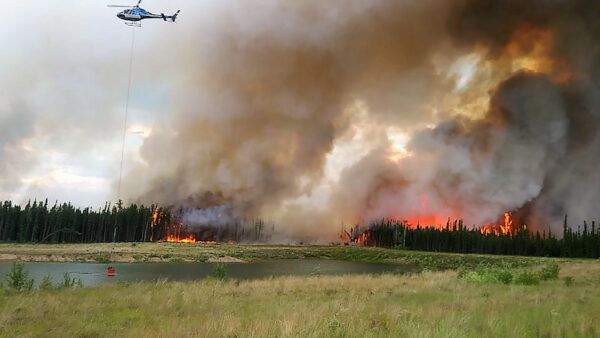

That’s a question many people are asking.
But rather than preparing for the upcoming fire season, Danielle Smith and the UCP crew are waging frivolous wars on things that don’t really matter, like spending taxpayers’ money on National ad campaigns that spread false information or providing Albertans with unhindered access to disposable napkins or fighting with BC about direct-to-consumer wine sales.
The government’s track record stinks.
In 2019, the UCP implemented budget cuts for firefighters ahead of a disastrous wildfire season.
Premier Smith doesn’t inspire confidence that she’s taking the growing threat seriously.
According to Tod Loewen, Minister of Forestry and Parks, the province is promising more firefighters will be available this spring, but the number of firefighters won’t be known until the provincial budget is released.
Smith always dodges the question of whether the increased number of wildfires in Alberta is related to climate change. Instead, she tried to point the finger at arsonists as the culprit for the majority of the one million hectares of wildfires burning at the time.
Rather than leading the transition to a less combustible world, Smith put a pause on renewable energy projects, and tried to sell ‘green’ natural gas at COP28,
So, in the end, without the province’s support, municipalities are on their own when dealing with the increasing risk of wildfires.
Banff is urgently caring for its needs since the province is picking fights over napkins, wine, and pronouns.


